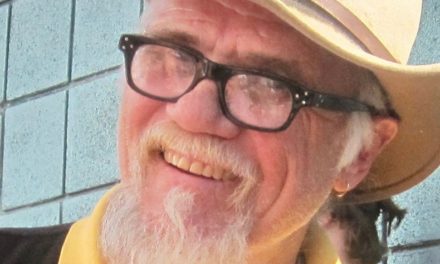The Rediscovery of CBD
By Fred Gardner Before the first lab began testing cannabis for Harborside Health Center in the winter of 2008/09, it was widely assumed that cannabidiol —CBD— had been bred down to trace levels in the Cannabis being grown in California for medical and recreational purposes.
Overseas, scientists had been studying CBD. Their findings, as reported in journal articles and at conferences, suggested that CBD could be effective in easing symptoms of a wide range of difficult-to-control conditions, including rheumatoid arthritis, diabetes, alcoholism, PTSD, epilepsy, antibiotic-resistant infections and neurological disorders. CBD has also demonstrated neuroprotective and anti-cancer effects.
The reduced psychoactivity of CBD-rich cannabis was a key selling point when a Britsh company, GW Pharmaceuticals, got government approval in 1998 to grow cannabis for use in clinical trials. GW Pharmaceuticals’ flagship product, Sativex, is a whole-plant extract containing approximately equal amounts of CBD and THC (plus small amounts of all the other compounds produced by the plant). It is formulated for spraying under the tongue.
The fact that Sativex is not smoked was another selling point in the eyes of the regulators granting the approval, as was the near-perfect consistency with which GW Pharmaceuticals could produce it.
Read more from O’Shaughnessy’s http://www.os-extra.cannabisclinicians.org/wp-content/uploads/2013/11/CBD-Reintroduction-Era-2011.pdf




